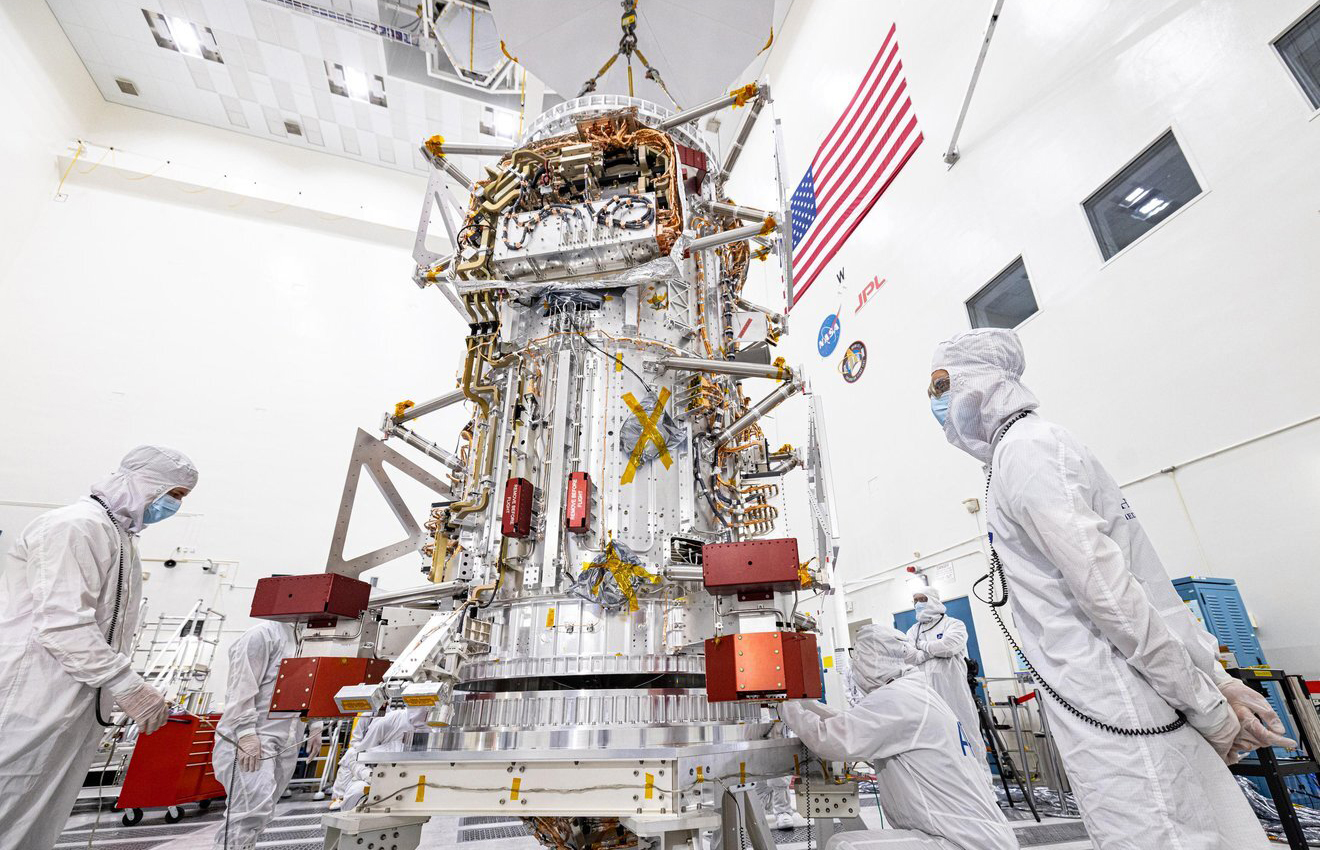
Image courtesy of: NASA/JPL-Caltech/Johns Hopkins APL/Ed Whitman
NASA’s mission to explore Jupiter’s icy moon takes a big step forward as engineers deliver a major component of the spacecraft.
To start, yes that is a Mean Girls reference. You’re welcome. NASA has officially taken one step close to completing its iconic Europa Clipper Spacecraft, the planned craft which will conduct detailed reconnaissance of Jupiter's moon Europa in orbit to investigate whether the icy moon could harbor conditions suitable for life.
The main body of the spacecraft was completed and delivered to NASA’s Jet Propulsion Laboratory (JPL) in Southern California, where, over the next two years, the engineers and technicians will continue to assemble the craft by hand and conduct rigorous testing it to ensure the onboard tech can withstand the very long journey to Jupiter's icy moon Europa.
An object of much curiosity, researchers are strongly inclined to believe that Europa has a vast ocean nestled beneath its frozen shell. Scientists believe the underground ocean may contain more water than all of Earth’s oceans combined with the possibility of complex chemical conditions which can foster life, making this ocean one of the key reasons astrobiologists badly want to study Europa.
Standing 10 feet tall and 5 feet wide, the Europa Clipper features an aluminum cylinder housing integrated with complex electronics, radios, thermal loop tubing, cabling, and the onboard propulsion system. Once the solar arrays and needed equipment for research are installed, Europa Clipper will be as large as an SUV when extended and the deployed solar arrays will make the craft easily the size of a tennis court. The Clipper is the largest NASA spacecraft ever developed for a long-haul planetary mission.
The spacecraft is scheduled to launch in October 2024 and will conduct over 50 flybys in orbit of Europa. During its data captures, scientists will attempt to determine the depth and salinity of the underground ocean, the overall thickness of the icy crust, and investigate vented plumes which may be launching subsurface water into space.
Just two more years and we will be waiting with popcorn for the launch!
Stay up to date on Europa Clipper spacecraft mission progress, here.